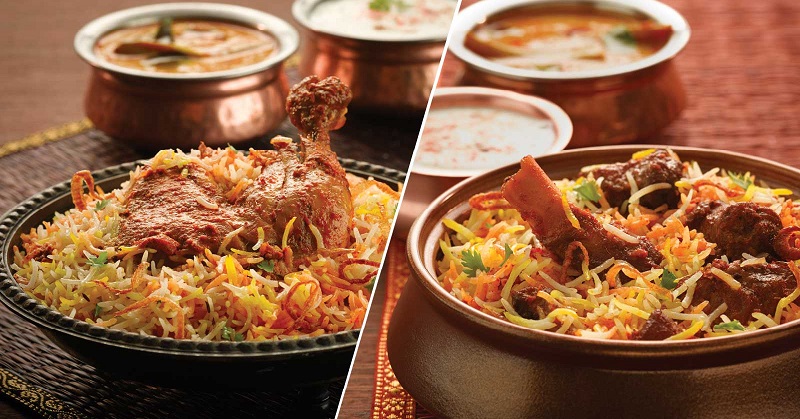
A dish so mouth watering, with the preparation so elaborate and results so rich and varied, it is one of the most popular food items in our country. Although the origin of this dish is uncertain, we sure do know how it got its name.
The name biryani is derived from Persian words ‘Birinj’ which means rice and ‘Birian’ which means fried before it’s cooked.
ADVERTISEMENT
Theories about the origin of biryani.
There are many theories about the origin of this flavorsome and delectable dish. As per some, the concept or forerunner was brought by Turk-Mongol conqueror Timur in 1398 when he set foot in India. It was said to be a a healthy and wholesome diet for his army. A mixture of rice, meat and spices would be buried in a hot pit and then dug up to serve the soldiers. As of today, in a few rare hidden places of the world, people still use this ancient method of cooking biryani.
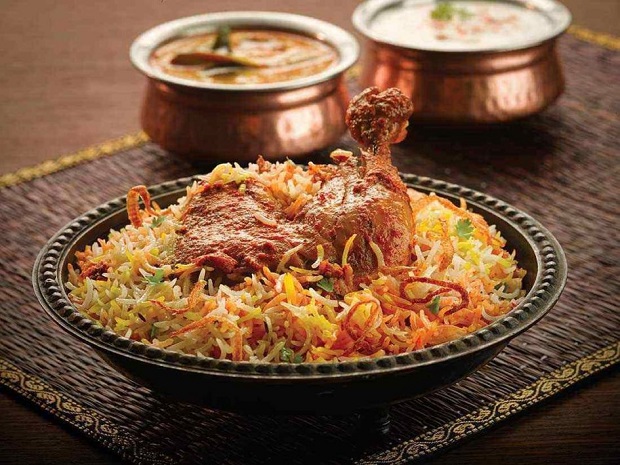
Another theory says it was introduced in the form of Pilaf (Pulao) to the Southern Malabar coast of India by the Arab traders and hence originated in the south of India. As elaborate meals were a rarity for their army, biryani turned to be a one-pot-healthy meal for the soldiers.
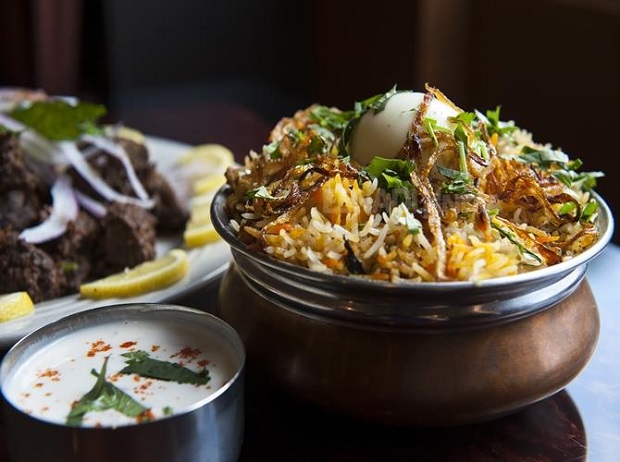
However, according to the most popular theory, it was conceptualized by Mumtaz Mahal, wife of the fifth Mughal emperor. Upon witnessing the undernourished condition of their army, Mumtaz Mahal ordered for the chef to make a special dish for them which was nutritiously balanced. And that is how biryani came into being, as it was a perfect dish for an army full of healthy soldiers. It was prepared in a distinct manner by frying the rice in ghee first, which gave it a nutty flavor and prevented the rice from clumping.
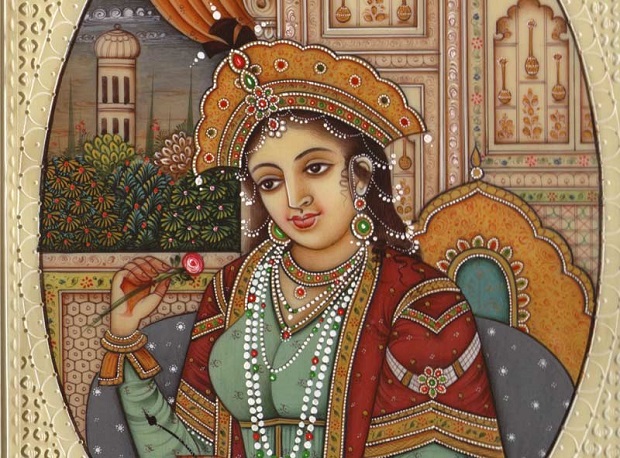
In general, there are two types of biryani – the Kutchi (raw) biryani and the Pukki (cooked) biryani.
Kutchi biryani requires the uncooked rice and raw meat to be cooked together, while Pukki biryani is prepared by layering semi cooked rice and cooked meat and letting the flavors blend together on a very low heat which is called ‘dum’. Biryani, when prepared using potatoes instead of meat, is called Tehri and it is a popular dish of the Kashmir region.
ADVERTISEMENT
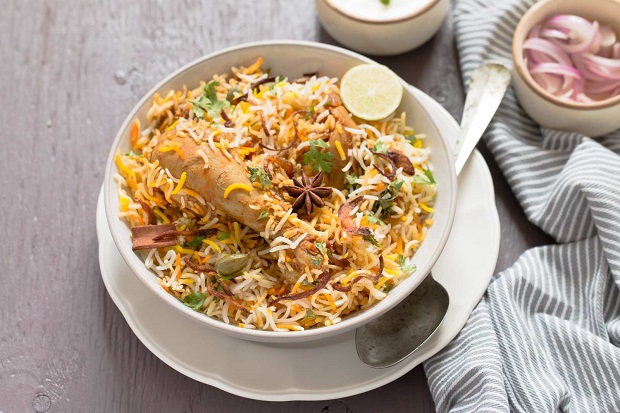
Over the years, the techniques and methods of preparation of this dish have changed, adapting to the places they are made in. There are many regional versions of biryani now, all special in their own way and giving a varied taste to the dish all through the country.
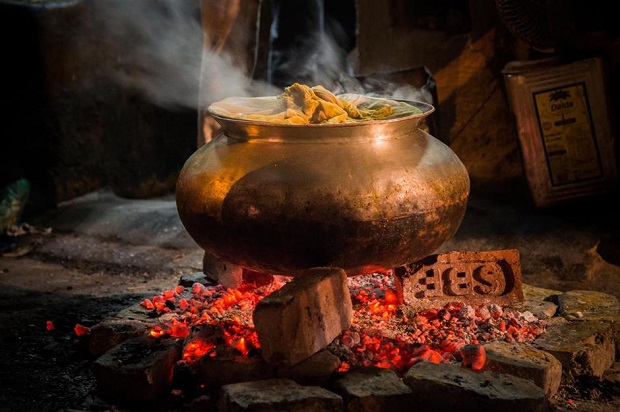
Never confuse biryani with pulao.
Some people also confuse biryani with pulao as both are rice dishes, and there is not much of a different when it comes to the vegetarian form of it. While biryani is a dish as a whole, pulao is accompanied by a gravy item and is part of a meal. Also, while biryani uses the layering technique, there is no such method used in a pulao as the rice and vegetables are mixed together and cooked.
The use of spices and condiments is more extensive in a Biryani as compared to a pulao. Biryani is most popularly consumed in its non vegetarian version; however, pulao is mostly consumed as a vegetarian dish.
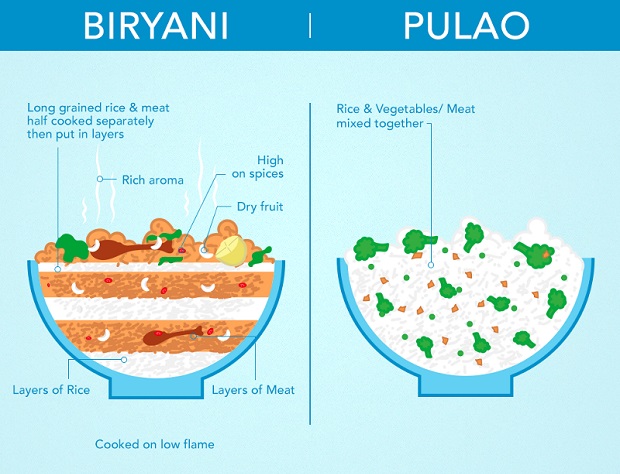
Different versions of biryani.
Given the diverse form of our country, biryani has evolved in a true sense adapting to the place and region it is prepared in. Many versions of this dish have been named after the places where they are made in. For instance, Hyderabadi Biryani is a product of Hyderabad, Kolkata Biryani being a speciality of Kolkata, Malabar Biryani coming from the Kerela region in south India, and many more such varieties.
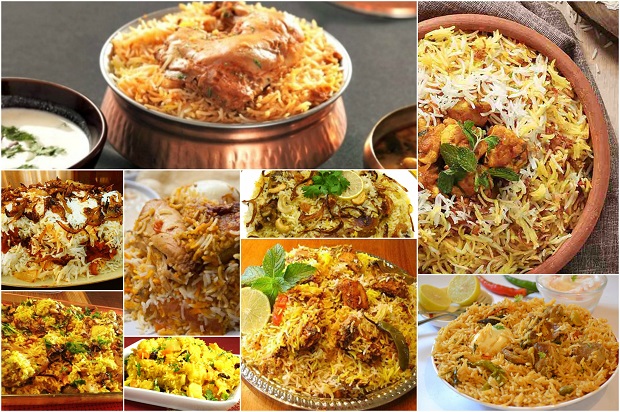
Each and every form of biryani varies from the other and it has come a long way from its Mughal days, and no matter how varied the techniques of its preparations are, it still is every bit of a mouth watering and appetizing dish.
Also read: 18 Types Of Biryani From 18 Indian Regions Which Will Make You Feel Hungry Immediately
ADVERTISEMENT
ADVERTISEMENT











